
On the morning of Monday, October 20, 2025, thousands gathered in Abuja to demand the release of Nnamdi Kanu, the detained leader of the banned Indigenous People of Biafra (IPOB), who faces terrorism charges.
The demonstration, organized under the hashtag #FreeNnamdiKanuNow, was presented by its organizers as a peaceful call for justice, adherence to the rule of law, and the liberation of an individual they believe is being held unlawfully.
In reaction, law enforcement authorities deployed significant personnel across strategic locations within the Federal Capital Territory. They imposed roadblocks on major thoroughfares, utilized water cannons, armored vehicles, and notably, resorted to tear gas to disperse segments of the crowd.
Insights from Police Spokesperson Benjamin Hundeyin
Through official statements and media interviews, Police Spokesperson Benjamin Hundeyin outlined the justification behind the police’s response. The main points include:
Enforcement of Court-Ordered Protest Restrictions in Designated Areas
Hundeyin highlighted that police actions were in strict accordance with a court injunction issued by the Abuja Division of the Federal High Court. This order forbids protests in sensitive zones such as the presidential residence (Aso Rock), the National Assembly complex, the Force Headquarters, the Court of Appeal, and critical roads including Shehu Shagari Way.
He called on protest organizers to respect these legal boundaries, warning that non-compliance would necessitate police intervention.
Allegations of Protesters Attempting to Invade Restricted Government Zones
According to Hundeyin, demonstrators tried to encroach upon or obstruct access to these vital government areas, disrupting traffic flow and threatening security. He clarified that police did not arbitrarily block roads but acted to clear them after protesters had obstructed passage, ensuring other citizens could continue their journeys unimpeded.
Justification for Tear Gas Deployment
The spokesperson defended the use of tear gas and other crowd control measures as a response to escalating risks, including the obstruction of essential infrastructure, threats to public safety, and blatant disregard for the court’s directives. The police framed tear gas as a regrettable but necessary tactic to restore order when protesters allegedly exceeded the limits of lawful assembly.
Limited Response to Allegations of Police Misconduct
While Hundeyin addressed the broader reasons for the use of tear gas, he refrained from fully commenting on reports accusing police of assaulting innocent bystanders and journalists covering the event. Notably, journalists from Agence France-Presse were briefly detained, and some of their equipment was reportedly damaged during the protest.
Police spokesperson, Benjamin Hundeyin, explains the reasons behind the tear-gassing of Free Nnamdi Kanu protesters.
Stay tuned for more updates @naijaworldmedia
.
.#naijaworldmedia #FreeNnamdiKanuNow pic.twitter.com/arbAVR9FvJ– naijaworldmedia (@naijaworldmedia) October 20, 2025




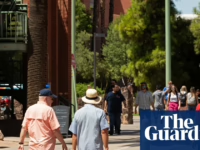
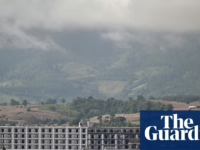

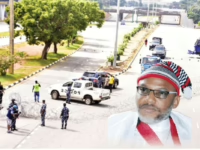
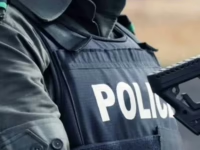

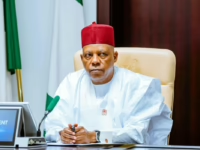
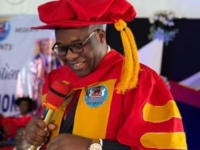
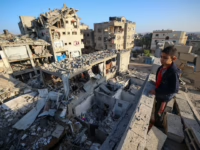


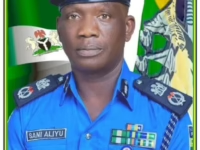

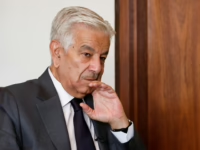




0 Comments